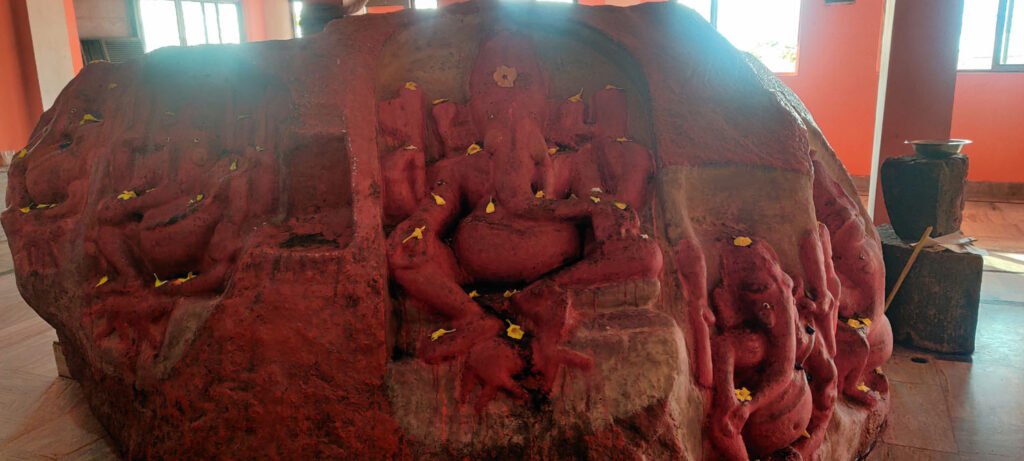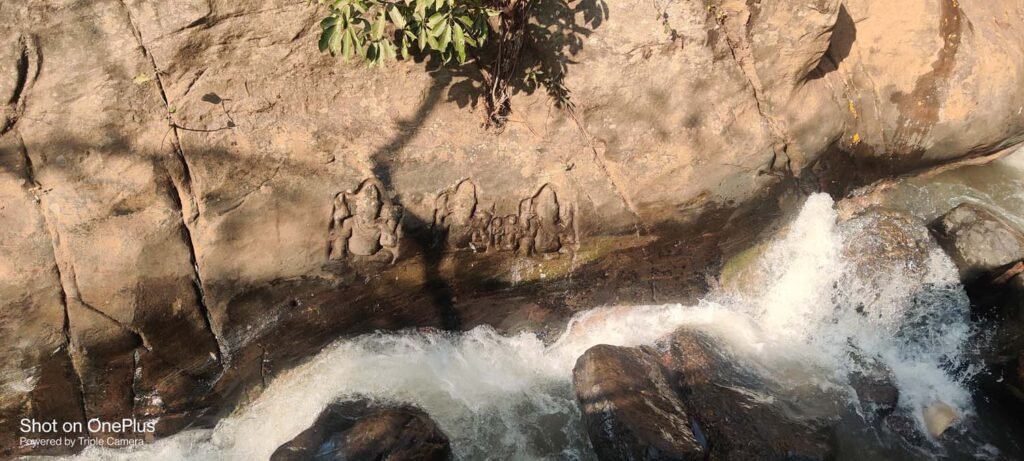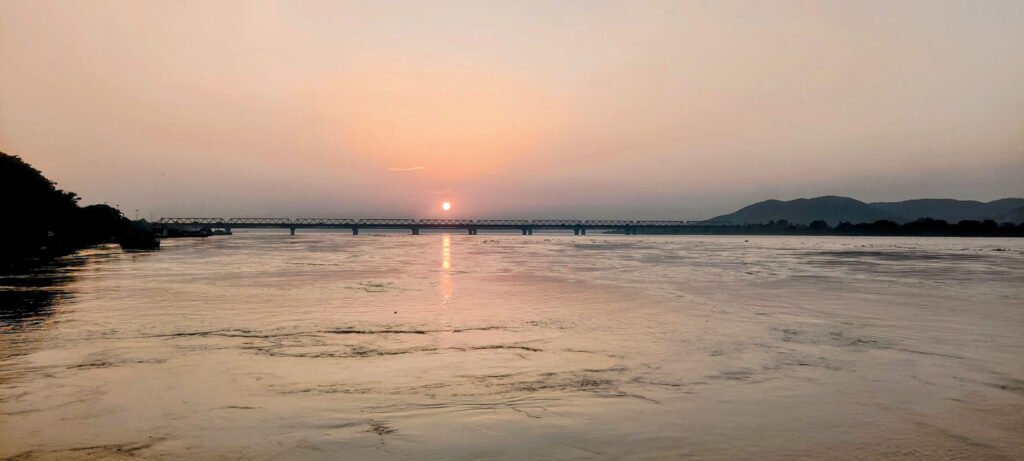Once ancient Pragjyotishpura, Guwahati and its environs has been the abode of several deities of the Hindu pantheon. And, going by the number of temples and rock-cut sculptures dedicated to Lord Ganesha here, the elephant-faced lord appears to have been a favourite—from a monumental Lord Ganesha at the entrance of Dirgeswari temple in North Guwahati (possibly the largest carved statue of Ganesha in Assam) to three Ganesha engravings on rock on the edge of a flowing stream of Sandhya, Lalita and Kanta at the Bashistha Ashram / Temple in the south-east corner of Guwahati, and one at Boha Pahar, alongside river Kolong about 15 kms from Pobitora Wildlife Sanctuary (Pobitora is 40 kms from Guwahati)—the largest and most exquisite Lord Ganesh rock sculpture in Asia.


Pandunath Devalaya, tucked away west of Nilachal Hills, on the bank of River Brahmaputra, is yet another abode of the Lord Ganesha. From the airport, drive to Pandu by taking the left turn at the Nilachal flyover for 2 kms or turn right at the Maligaon-Pandu junction below the flyover. It is here that, legends say, the Pandavas stayed when on a visit to Kamakhya temple during their years of exile. They had bathed in the Brahmaputra, worshipped Ganesha, offered prayers to Pandunath and then climbed up to Kamakhya temple to receive the goddess’s blessings for ‘gaining kingdom’.
Locals here believe that Pandunath is none other than Lord Vishnu, who beheaded two demons, Madhu and Kaitabha, on the Brahmasila rock—resulting in the formation of the Pandunath rock. Another remarkable find during the discovery of the Pandunath temple site was six idols of Lord Ganesha, five of which were clustered together on one rock. The sixth lay isolated, on the opposite side. Also, interestingly, while one has a left-curved trunk, five have trunks turned to the right.
Today, the ancient Pandunath temple structure no longer exists with nature having had its way through it. The present structure was constructed by local residents, in honour of a rich past and while excavating for temple construction, numerous rock sculptures were also unearthed. From here, the view of a sunset over the old Saraighat bridge is mesmerising, with added chance of spotting river dolphins. And, standing here, one can feel the humdrum of an ancient quay, a gateway for visitors from far-off lands.

Assam is more than abundant natural beauty, exotic wildlife and avifauna, and vibrant festivals. It is a diverse physical-cultural tapestry where one can find peace in serene tea gardens, seek solace in temples, or stand at quays to reflect on the journey of Mankind. It is an immersive experience that equip visitors to go back home with the strength to overcome challenges and attain prosperity.
